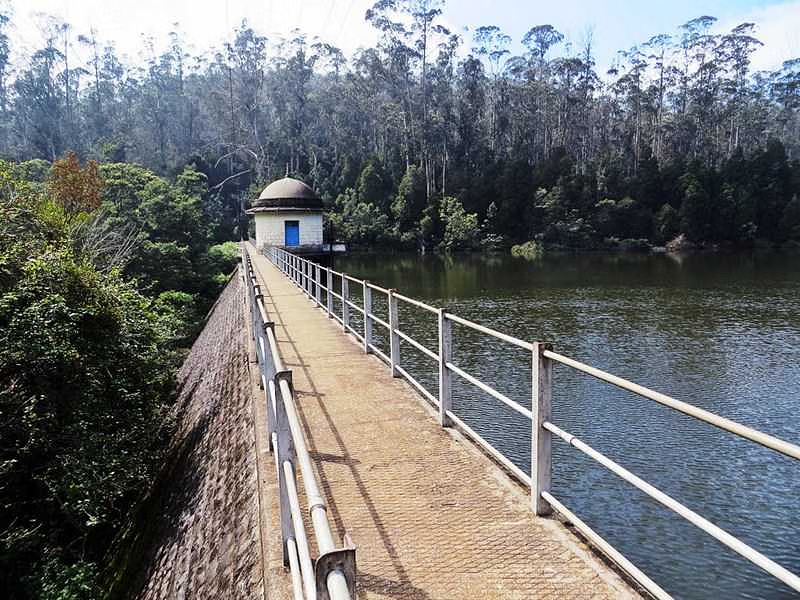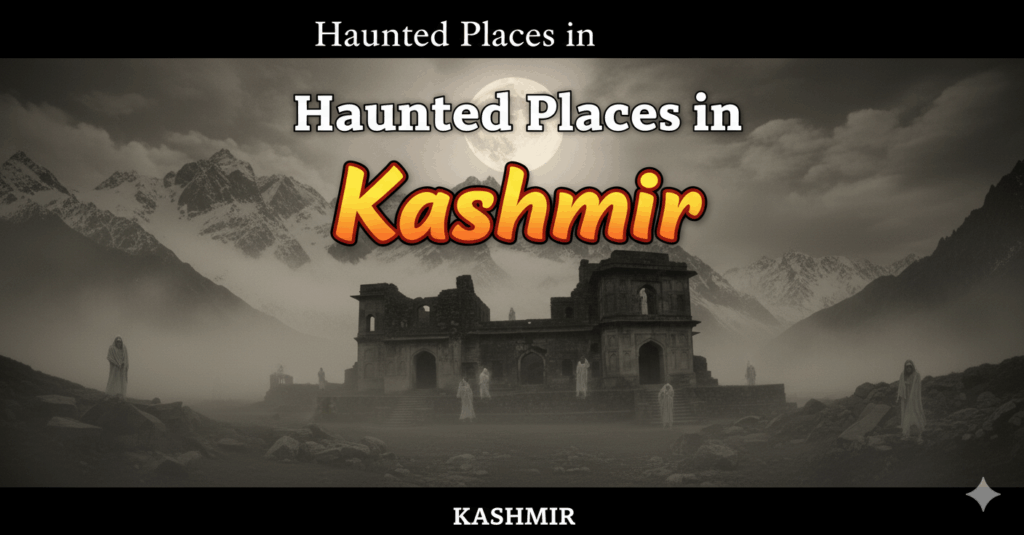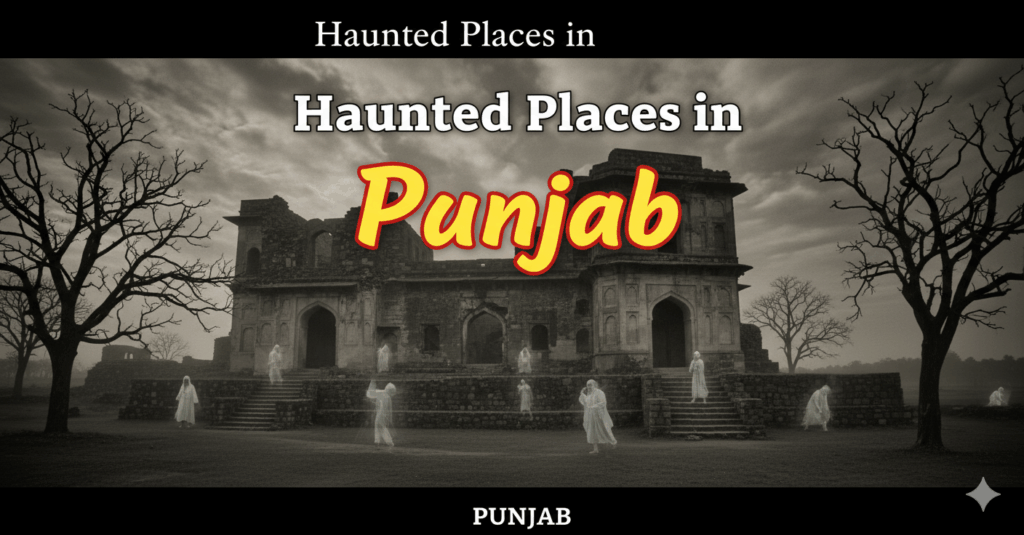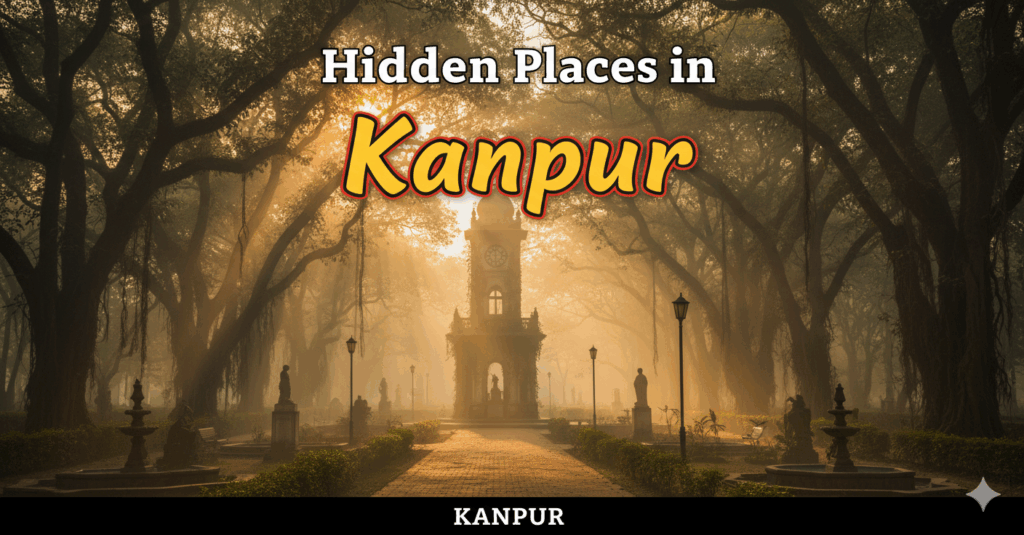Hampi, the magnificent ruins of the Vijayanagara Empire, offers one of India’s most spectacular archaeological experiences that can be perfectly explored over three immersive days. When planning places to visit in hampi in 3 days, travelers discover an extraordinary landscape where ancient temples, royal complexes, and boulder-strewn terrain create a surreal backdrop that transports visitors back to the 14th-century glory of this UNESCO World Heritage Site.
This comprehensive hampi 3 day itinerary ensures you experience the best of this ancient capital while understanding its historical significance, architectural marvels, and unique landscape. From sunrise at Hemakuta Hill to sunset at Hippie Island, every moment in Hampi reveals new wonders that showcase the grandeur of one of India’s greatest empires.
Table of Contents
Essential Hampi 3-Day Planning Overview
| Day | Focus Area | Key Attractions | Activities |
|---|---|---|---|
| Day 1 | Sacred Center | Virupaksha Temple, Hemakuta Hill, Hampi Bazaar | Temple visits, sunrise viewing, local exploration |
| Day 2 | Royal Enclosure | Lotus Mahal, Elephant Stables, Queen’s Bath | Archaeological exploration, photography, heritage walks |
| Day 3 | Riverside & Hills | Vittala Temple, Hippie Island, Matanga Hill | Temple complex tour, coracle rides, sunset viewing |
Hampi: A Historical Marvel
Hampi represents the remnants of Vijayanagara, once one of the world’s largest and most prosperous cities during the 14th-16th centuries. Understanding this hampi itinerary requires appreciating the site’s historical significance and the story of an empire that controlled much of South India for over 200 years.
The archaeological site spans over 4,100 hectares and contains more than 1,600 monuments, making it impossible to see everything in a single visit. However, a well-planned hampi itinerary 3 days allows visitors to experience the most significant monuments while understanding the cultural and architectural heritage of this remarkable civilization.
Day 1: Sacred Center and Temple Complex
Your first day focuses on Hampi’s spiritual heart, exploring ancient temples and sacred sites that have maintained their religious significance for over seven centuries. This introduction to Hampi’s sacred landscape provides essential context for understanding the site’s continuing cultural importance and architectural evolution.
Hemakuta Hill Sunrise Experience

Begin your hampi solo trip or group adventure with an early morning climb to Hemakuta Hill for one of South India’s most spectacular sunrises. The hill, dotted with ancient temples and shrines, provides panoramic views of the entire Hampi landscape.
Attractions:
- Pre-dawn climb through ancient temple ruins and pathways
- Sunrise photography with boulder formations and temple silhouettes
- Ancient Jain and Hindu temples scattered across the hilltop
- Panoramic views of Hampi’s archaeological landscape
- Peaceful meditation spots among centuries-old structures
- Photography opportunities with dramatic lighting and ancient architecture
Sunrise Experience:
- Arrive by 5:30 AM for optimal positioning and lighting
- Explore small temples and shrines while waiting for sunrise
- Capture the golden hour illuminating the boulder landscape
- Experience the spiritual atmosphere as temples come alive with morning prayers
- Enjoy panoramic views of the Tungabhadra River and surrounding ruins
- Understand the hill’s religious significance in ancient times
Virupaksha Temple Complex

Virupaksha Temple, dedicated to Lord Shiva, serves as Hampi’s spiritual heart and represents one of India’s oldest functioning temples. This active temple complex provides insights into both ancient architecture and contemporary religious practices.
Temple Exploration:
- Main temple complex with towering gopuram and intricate carvings
- Temple elephant Lakshmi’s blessings and interactions
- Ancient mandapas with pillared halls and sculptural details
- Underground Shiva temple with unique architectural features
- Temple museum showcasing artifacts and historical information
- Active worship areas observing traditional religious practices
Cultural Immersion:
- Participate in temple rituals and understand their significance
- Observe traditional South Indian temple architecture and design
- Learn about the temple’s continuous operation for over 700 years
- Experience the blend of archaeological site and living heritage
- Interact with local priests and understand temple traditions
- Photography of architectural details and religious activities
Hampi Bazaar and Local Life
Hampi Bazaar, once a thriving commercial center, now offers insights into the town’s commercial heritage while providing opportunities for contemporary cultural experiences and local interactions.
Bazaar Exploration:
- Ancient bazaar street with ruins of merchant houses and shops
- Modern shops selling local handicrafts and souvenirs
- Traditional South Indian cuisine at local restaurants
- Interaction with local artisans and craft producers
- Understanding the bazaar’s historical commercial significance
- Evening photography with soft lighting on ancient structures
Day 2: Royal Enclosure and Architectural Marvels
The second day unveils the administrative and royal heart of the Vijayanagara Empire, showcasing sophisticated urban planning and architectural innovation. These monuments reveal the empire’s wealth, power, and cultural sophistication that once rivaled contemporary European capitals.
Royal Enclosure Complex

The Royal Enclosure represents the administrative and residential heart of the Vijayanagara Empire, showcasing sophisticated architecture and urban planning that rivaled contemporary European cities.
Royal Complex Highlights:
- Mahanavami Dibba platform with carved reliefs depicting royal ceremonies
- Stepped tank (Pushkarani) with geometric design and water management
- Hazara Rama Temple with intricate Ramayana reliefs
- Underground chambers and secret passages
- Royal residence foundations and palace layout understanding
- Archaeological insights into imperial administration and lifestyle
Architectural Appreciation:
- Indo-Islamic architectural fusion in royal buildings
- Sophisticated water management and urban planning systems
- Artistic excellence in stone carving and sculptural decoration
- Understanding of royal court life and ceremonial practices
- Military architecture and defensive planning insights
- Photography of architectural details and engineering marvels
Lotus Mahal and Elephant Stables
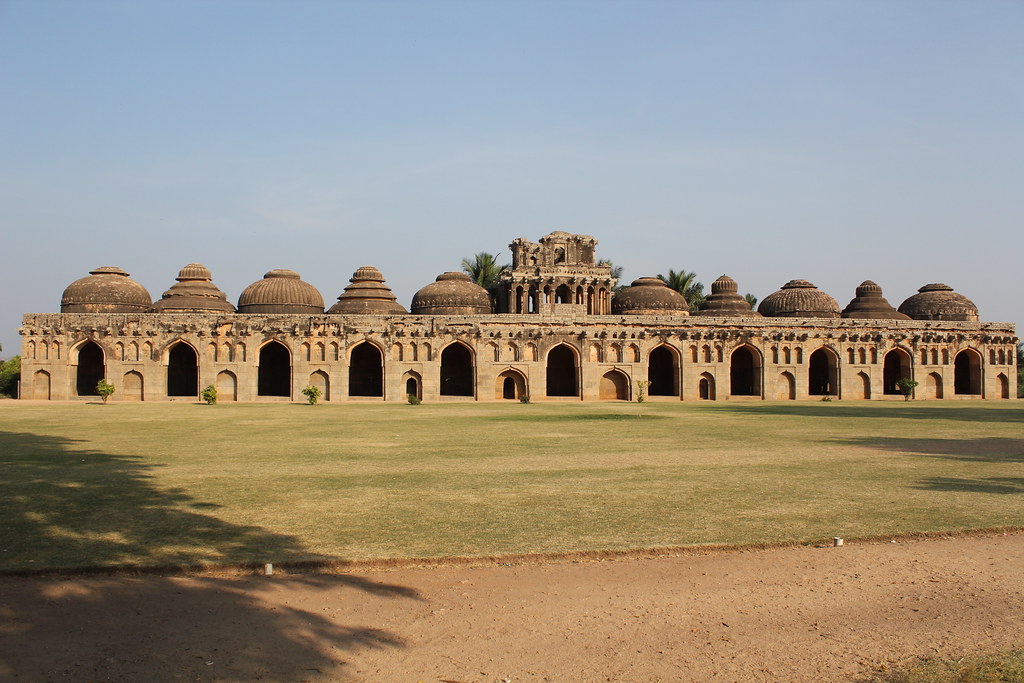
These iconic structures represent the zenith of Vijayanagara architecture, combining functionality with aesthetic beauty in designs that have inspired architects for centuries.
Lotus Mahal Experience:
- Two-story palace with distinctive Indo-Islamic architecture
- Intricate stone lattice work and ventilation systems
- Royal women’s quarters with privacy and comfort considerations
- Architectural photography highlighting design sophistication
- Understanding of palace lifestyle and royal protocols
- Exploration of surrounding palace complex ruins
Elephant Stables Complex:
- Eleven-domed structure housing royal elephants
- Each dome with unique architectural characteristics
- Central chamber with superior acoustic properties
- Understanding of elephant care and royal ceremonial usage
- Photography of massive scale and architectural grandeur
- Learning about the role of elephants in medieval Indian kingdoms
Queen’s Bath and Zenana Enclosure

The Queen’s Bath represents the luxury and sophistication of royal lifestyle, while the Zenana Enclosure provides insights into the private quarters of the royal family.
Royal Luxury Experiences:
- Ornate bathing complex with Indo-Islamic architectural elements
- Sophisticated water supply and drainage systems
- Decorative arches and balconies with intricate stonework
- Understanding of royal bathing rituals and luxury lifestyle
- Photography of architectural details and water management
- Exploration of surrounding zenana quarter ruins
Day 3: Temple Masterpieces and Natural Beauty
Your final day combines Hampi’s architectural pinnacle with its stunning natural landscape, featuring the magnificent Vittala Temple and panoramic viewpoints. This perfect conclusion balances intensive monument exploration with peaceful reflection on the region’s unique geography and cultural legacy.
Vittala Temple Complex
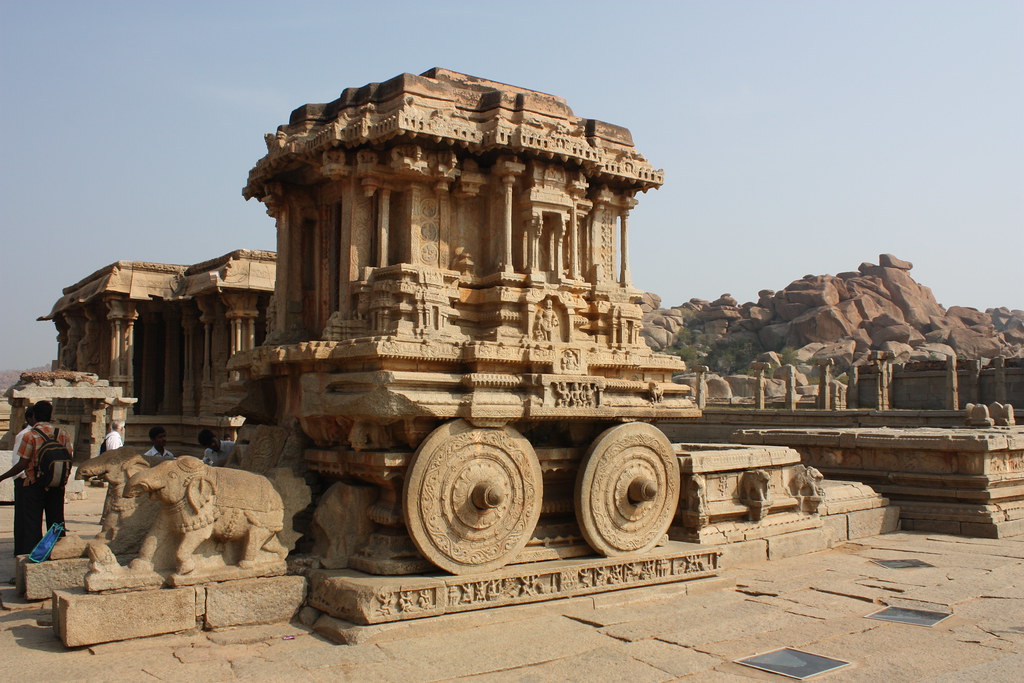
Vittala Temple represents the pinnacle of Vijayanagara architecture and stands as one of India’s most magnificent temple complexes, famous for its stone chariot and musical pillars.
Temple Masterpiece Tour:
- Iconic stone chariot with intricate wheels and sculptural details
- Musical pillars producing different tones when struck
- Maha Mandapa with 56 pillars showcasing diverse architectural styles
- Ranga Mandapa with exceptional sculptural artwork
- Temple complex layout demonstrating sophisticated planning
- UNESCO World Heritage Site significance and conservation efforts
Architectural Wonder:
- Stone chariot symbolizing the temple deity’s vehicle
- Engineering marvels in pillar construction and acoustic design
- Sculptural narratives depicting mythological stories
- Different architectural phases and construction techniques
- Photography opportunities highlighting architectural excellence
- Understanding of temple construction methods and artistic traditions
Coracle Ride and Hippie Island

Cross the Tungabhadra River via traditional coracle boats to reach Anegundi (Hippie Island), offering different perspectives on Hampi’s landscape and additional archaeological sites.
River Experience:
- Traditional coracle boat rides across Tungabhadra River
- Different viewpoints of Hampi’s monuments from the river
- Hippie Island exploration with laid-back atmosphere
- Ancient Anegundi village with its own historical significance
- River-side dining and relaxation opportunities
- Photography from water level showcasing monument scale
Anegundi Exploration:
- Ancient settlement predating Vijayanagara Empire
- Hanuman Temple with spectacular hilltop location
- Traditional village life and local cultural experiences
- Sunset viewpoints with panoramic landscape views
- Local handicrafts and sustainable tourism initiatives
- Understanding of the region’s pre-Vijayanagara history
Matanga Hill Sunset

Conclude your three-day journey with a sunset climb to Matanga Hill, Hampi’s highest point, offering the most spectacular panoramic views of the entire archaeological landscape.
Sunset Experience:
- Challenging but rewarding climb to Hampi’s highest viewpoint
- 360-degree panoramic views of the entire Hampi landscape
- Sunset photography with temples and boulders as foreground
- Reflection on three days of historical and cultural exploration
- Understanding of Hampi’s geographical setting and landscape
- Peaceful conclusion to an intensive cultural experience
Hampi Trip Planning Essentials
Successful exploration of this UNESCO World Heritage Site requires understanding practical logistics, transportation options, and cultural considerations. These essential planning elements ensure your archaeological adventure is both enriching and comfortable while respecting local customs and site preservation efforts.
How Many Days Required to Visit Hampi
Understanding how many days required to visit hampi depends on your interests and travel style. While our focus is on a comprehensive three-day experience, different durations offer varying levels of exploration:
Duration Options:
- 1 Day: Quick overview of major monuments (Virupaksha Temple, Vittala Temple, Royal Enclosure)
- 2 Days: Comfortable exploration of main sites with some leisure time
- 3 Days: Comprehensive experience covering all major sites with cultural immersion
- 4-5 Days: Detailed exploration including trekking, photography, and surrounding areas
- 1 Week: Complete archaeological study with multiple visits to sites
Nearest Railway Station of Hampi
Planning transportation requires understanding the nearest railway station of hampi for convenient access to this UNESCO World Heritage Site.
Railway Connectivity:
- Hospet Junction: 13 km from Hampi, main railway station with good connectivity
- Ballari (Bellary): 74 km away, major railway junction with more train options
- Hubli: 163 km away, important railway hub for long-distance connections
Transportation from Railway Stations:
- Regular bus services from Hospet to Hampi every 30 minutes
- Auto-rickshaws and taxis available for direct transfer
- Pre-paid taxi services from railway stations to Hampi
- Local buses connecting to major South Indian cities
What to Wear in Hampi
Understanding what to wear in hampi ensures comfort during extensive walking and climbing while respecting local cultural sensitivities.
Clothing Recommendations:
- Comfortable walking shoes: Essential for extensive monument exploration and hill climbing
- Light cotton clothing: Breathable fabrics for hot climate and sun protection
- Full coverage attire: Respectful dressing for temple visits and local interactions
- Hat and sunglasses: Protection from intense sun during outdoor exploration
- Light jacket: For early morning sunrise visits and evening activities
- Modest clothing: Long pants and covered shoulders for temple entry
Seasonal Considerations:
- October-March: Pleasant weather requiring light layers for temperature variations
- April-June: Very hot requiring maximum sun protection and light colors
- July-September: Monsoon season requiring waterproof clothing and footwear
- Temple visits: Always require modest, covered clothing regardless of season
Hampi Trip Cost Planning
Understanding hampi trip cost helps budget effectively for this archaeological adventure while maximizing value and experiences.
Budget Breakdown (Per Person):
- Accommodation: ₹500-₹3,000 per night (guesthouse to heritage hotel)
- Food: ₹300-₹800 per day (local restaurants to hotel dining)
- Transportation: ₹200-₹500 per day (local buses to private vehicles)
- Entry fees: ₹40 per monument (Indian nationals), ₹600 (foreign nationals)
- Guide services: ₹1,000-₹2,000 per day (optional but recommended)
- Total for 3 days: ₹3,000-₹15,000 depending on choices
Cost-Saving Tips:
- Stay in Hampi Bazaar area for walking distance to major monuments
- Eat at local restaurants for authentic cuisine at lower costs
- Use bicycles for local transportation between nearby sites
- Join group tours for shared guide costs and transportation
- Visit during off-season for lower accommodation rates
Transportation and Getting Around
Local Transportation Options:
- Walking: Best for Sacred Center area with closely located monuments
- Bicycles: Popular rental option for easy navigation and flexibility
- Auto-rickshaws: Convenient for longer distances and multiple site visits
- Coracle boats: Traditional river crossing to reach Anegundi area
- Private vehicles: Comfortable option for comprehensive site coverage
Practical Travel Information
Comprehensive travel preparation ensures optimal experiences while navigating seasonal variations, accommodation choices, and local services available in this heritage destination. Understanding these practical elements helps travelers make informed decisions about timing, budgeting, and logistics for their Hampi archaeological adventure.
Best Time to Visit
Seasonal Recommendations:
- October-February: Ideal weather with pleasant temperatures (15-30°C)
- March-May: Hot weather (25-40°C) requiring early morning and evening visits
- June-September: Monsoon season with occasional rainfall and lush landscapes
- Festival seasons: Hampi Utsav (January/February) for cultural performances
Accommodation Options
Accommodation Categories:
- Budget guesthouses: ₹500-₹1,500 with basic amenities near main sites
- Mid-range hotels: ₹1,500-₹4,000 with comfortable rooms and restaurants
- Heritage hotels: ₹4,000-₹12,000 in converted palaces and traditional buildings
- Luxury resorts: ₹8,000+ with premium amenities and spa services
Many travelers extend their Karnataka exploration beyond Hampi. Udaipur tour package from mumbai offers excellent opportunities to experience Rajasthan’s royal heritage, while rajasthan tour package from mumbai provides comprehensive northern heritage experiences.
Dining and Local Cuisine
Food Experiences:
- Traditional South Indian vegetarian cuisine at local restaurants
- International cuisine catering to foreign tourists
- Street food including dosas, idlis, and local snacks
- Fresh fruit juices and traditional drinks
- Rooftop restaurants with monument views
- Cooking classes featuring local specialties
Shopping and Souvenirs
Local Shopping:
- Handicrafts including stone carvings and traditional crafts
- Local textiles and clothing with regional designs
- Books and guides about Hampi’s history and architecture
- Jewelry and accessories with traditional motifs
- Local spices and food products
- Photography prints and artistic representations
Extending Your South India Experience
Hampi serves as an excellent gateway for exploring Karnataka’s diverse attractions and South India’s rich heritage, offering opportunities to combine archaeological wonders with hill stations, coastal areas, and other cultural destinations. Strategic planning allows travelers to create comprehensive itineraries that maximize their time while experiencing the region’s incredible diversity.
Many visitors combine their Hampi experience with other Karnataka and South Indian destinations. Mahabaleshwar tour packages from mumbai offer excellent hill station experiences that complement the archaeological intensity of Hampi.
For those interested in exploring diverse Indian heritage, gujarat tour package from mumbai provides opportunities to experience different architectural styles and cultural traditions that create comprehensive understanding of India’s rich heritage.
Conclusion
The places to visit in hampi in 3 days offer an extraordinary journey through one of India’s most significant archaeological sites and UNESCO World Heritage destinations. This carefully planned hampi 3 day itinerary ensures you experience the best of Vijayanagara’s architectural marvels, understand its historical significance, and appreciate the unique landscape that makes Hampi unlike any other destination in India. From sunrise at Hemakuta Hill to sunset at Matanga Hill, every moment reveals new wonders that showcase the grandeur of medieval South Indian civilization.
Whether you’re planning a hampi solo trip for personal discovery or a group adventure for shared experiences, this comprehensive itinerary provides the framework for understanding and appreciating one of India’s greatest archaeological treasures. The combination of spectacular monuments, fascinating history, and unique boulder landscape creates memories that last a lifetime while providing insights into India’s rich cultural heritage.
You can visit us at VDP Travels, Neighbourhood Complex, F- 5, near SBI Bank, Sector 4, Nerul, Navi Mumbai, Mumbai, Maharashtra 400706. For comprehensive South Indian heritage experiences and customized archaeological tour packages, call +91 99675 18405, or visit https://vdp-travels.com.
Places to Visit in Hampi in 3 Days: FAQs
What are the must-visit places to visit in Hampi in 3 days?
Virupaksha Temple, Vittala Temple, Royal Enclosure, Lotus Mahal, Elephant Stables, Hemakuta Hill, and Matanga Hill cover the essential experiences.
How to plan a perfect hampi 3 day itinerary?
Day 1: Sacred Center and temples, Day 2: Royal Enclosure and palaces, Day 3: Vittala Temple and sunset viewing for comprehensive coverage.
What is the ideal hampi itinerary for first-time visitors?
Focus on major monuments (Virupaksha, Vittala temples), Royal Enclosure, and sunrise/sunset viewpoints with comfortable pacing and rest periods.
How many days required to visit Hampi properly?
3 days provide comprehensive coverage of major sites, though 2 days minimum or 4-5 days for detailed exploration are also viable options.
What is the nearest railway station of Hampi?
Hospet Junction (13 km) is the nearest, with regular bus connectivity. Ballari (74 km) offers more train options for long-distance travel.
What to wear in Hampi for temple visits and climbing?
Comfortable walking shoes, modest full-coverage clothing, hat, sunglasses, and light cotton fabrics for hot weather and extensive walking.
What is the average hampi trip cost for 3 days?
₹3,000-₹15,000 per person depending on accommodation choice, food preferences, transportation, and guide services selection.
Is Hampi suitable for a hampi solo trip?
Yes, Hampi is safe for solo travelers with good accommodation options, fellow travelers to meet, and reliable local transportation.
What should be included in a hampi itinerary 3 days for history enthusiasts?
All major monument complexes, guided tours for historical context, museum visits, and adequate time for photography and detailed exploration.
When is the best time for a hampi trip?
October to February offers ideal weather, while March-May is hot but manageable. Avoid monsoon season (June-September) for extensive outdoor exploration.

